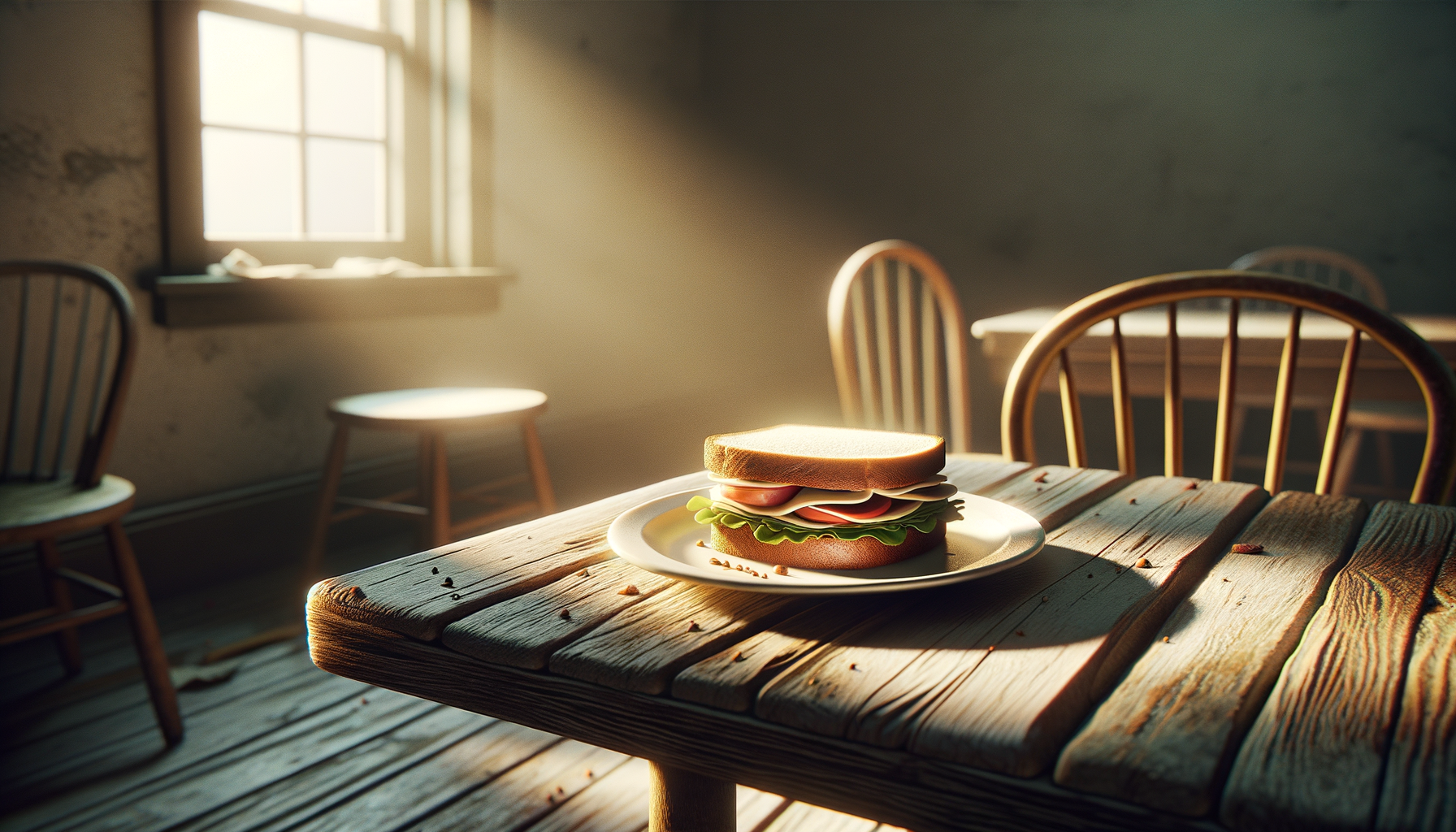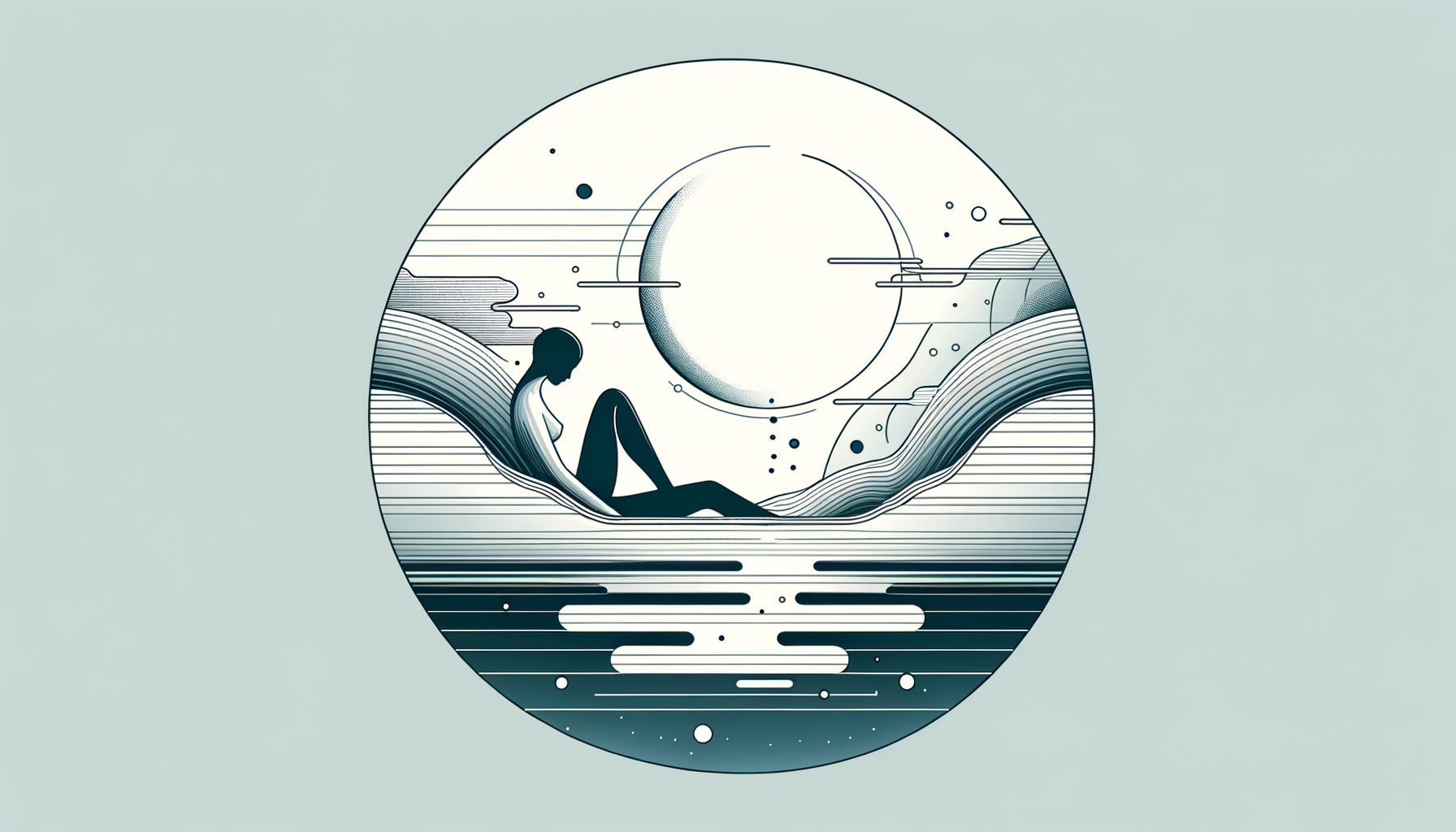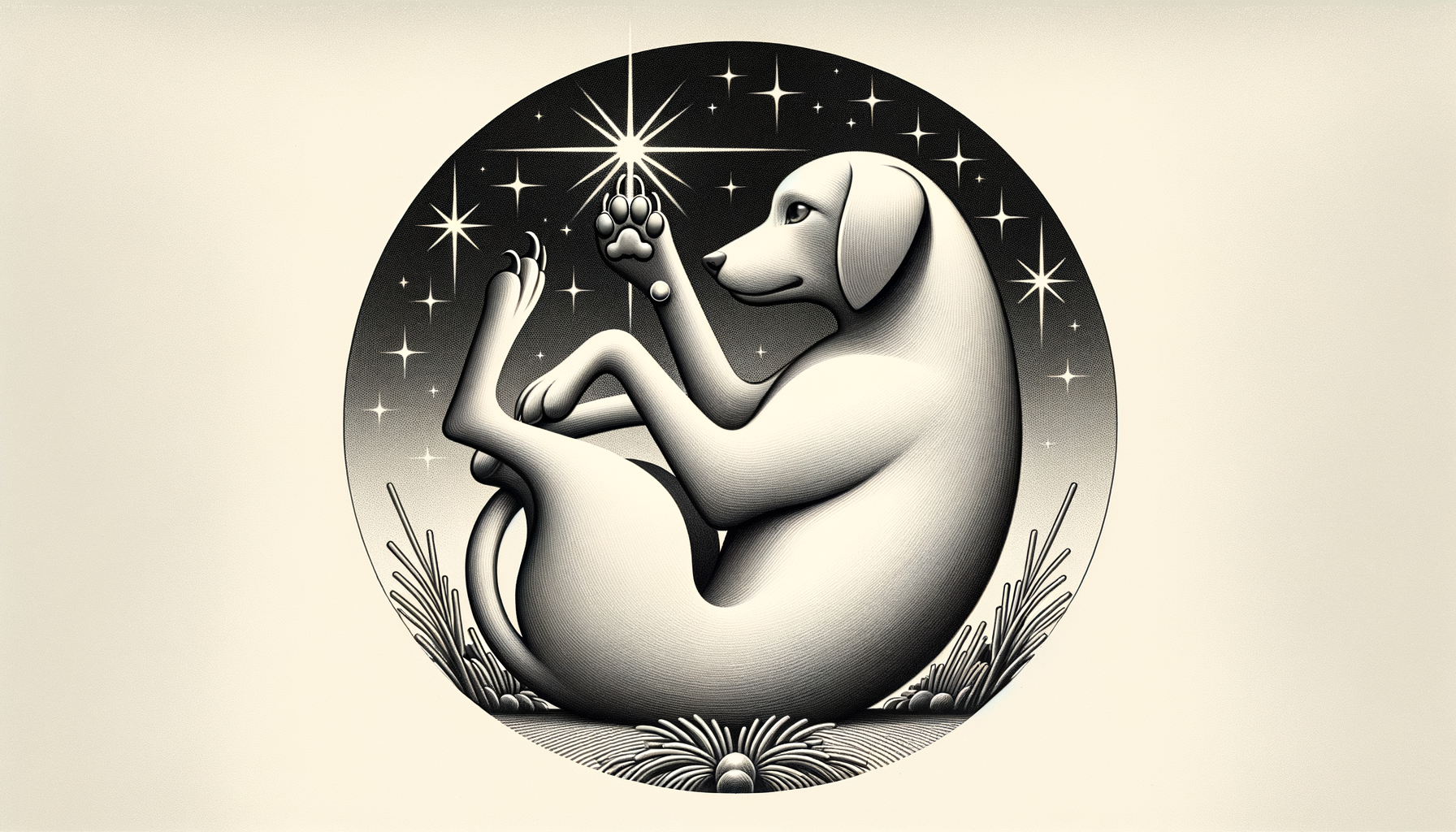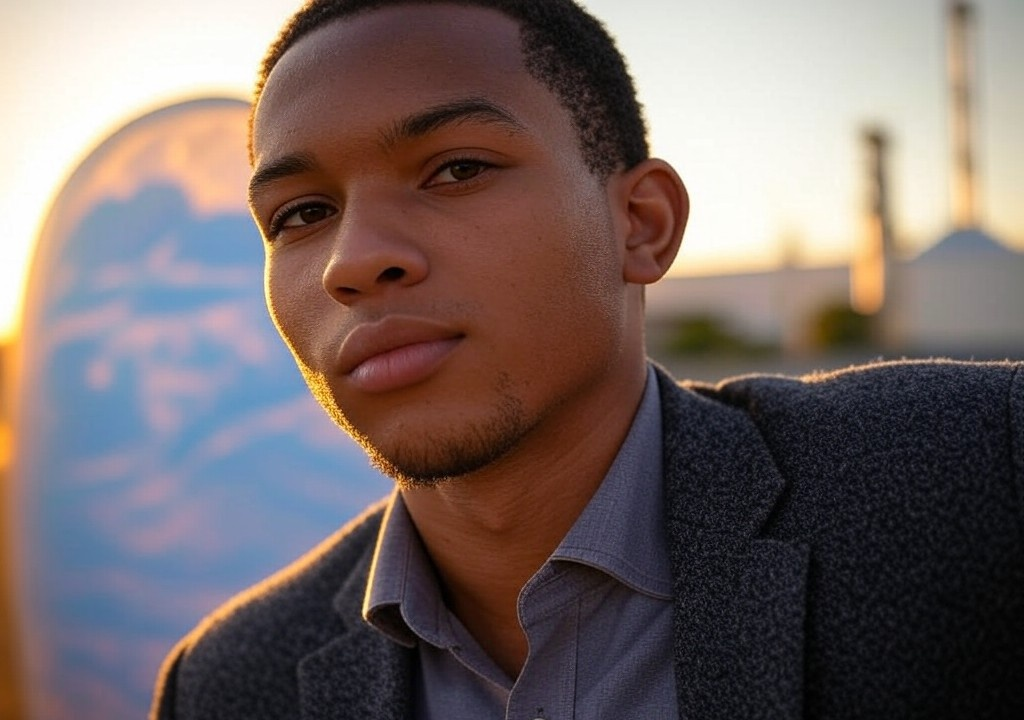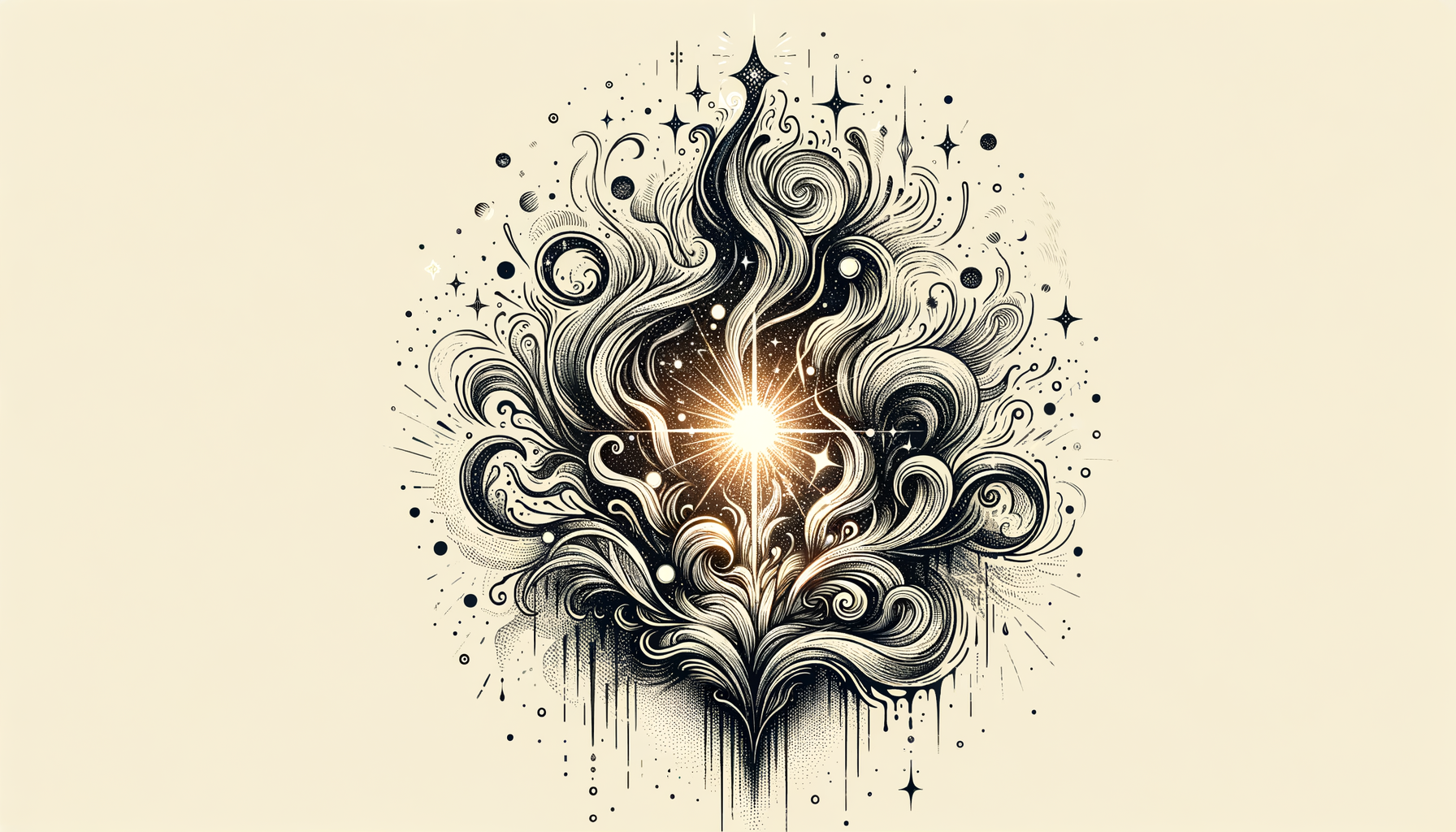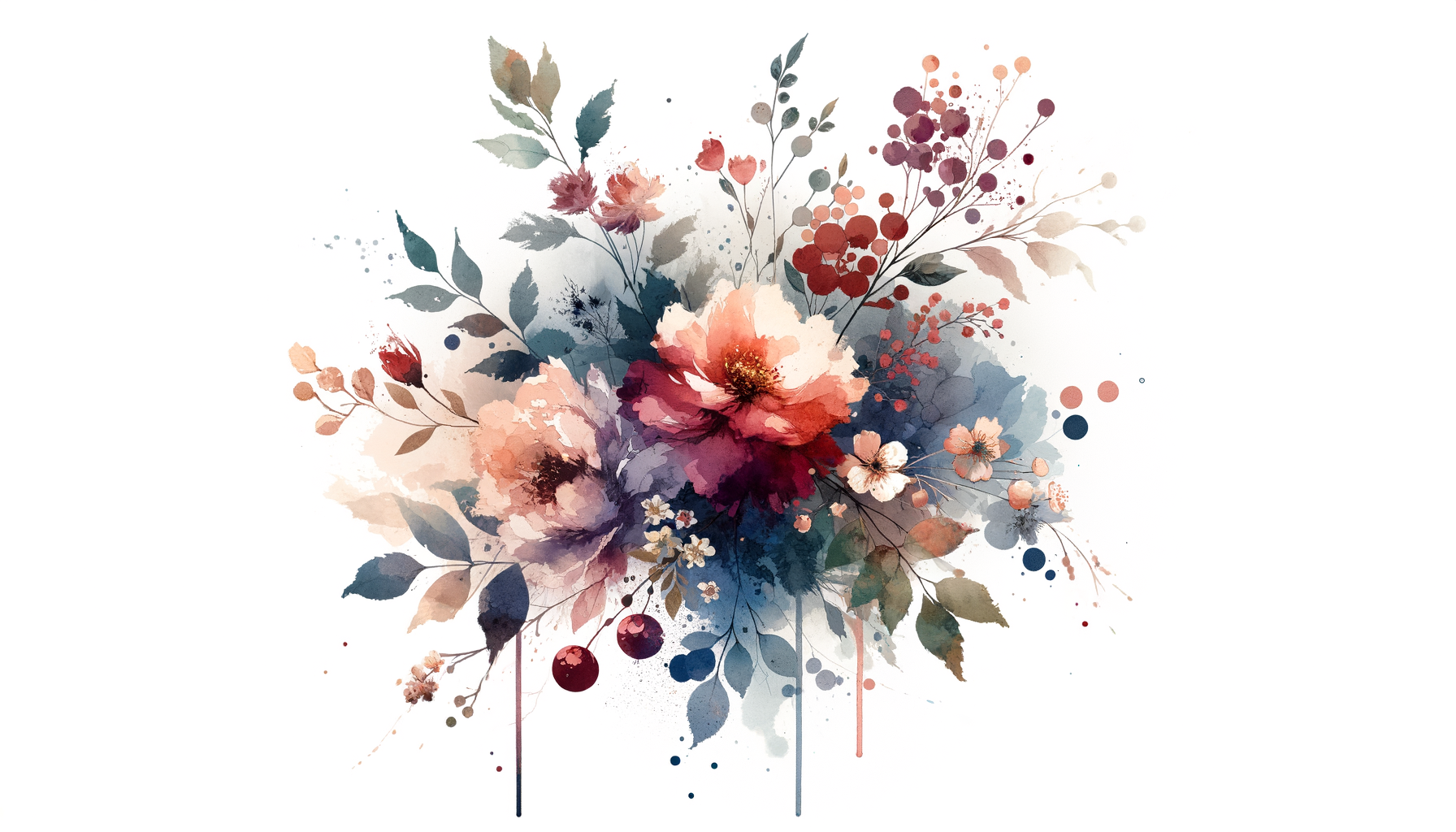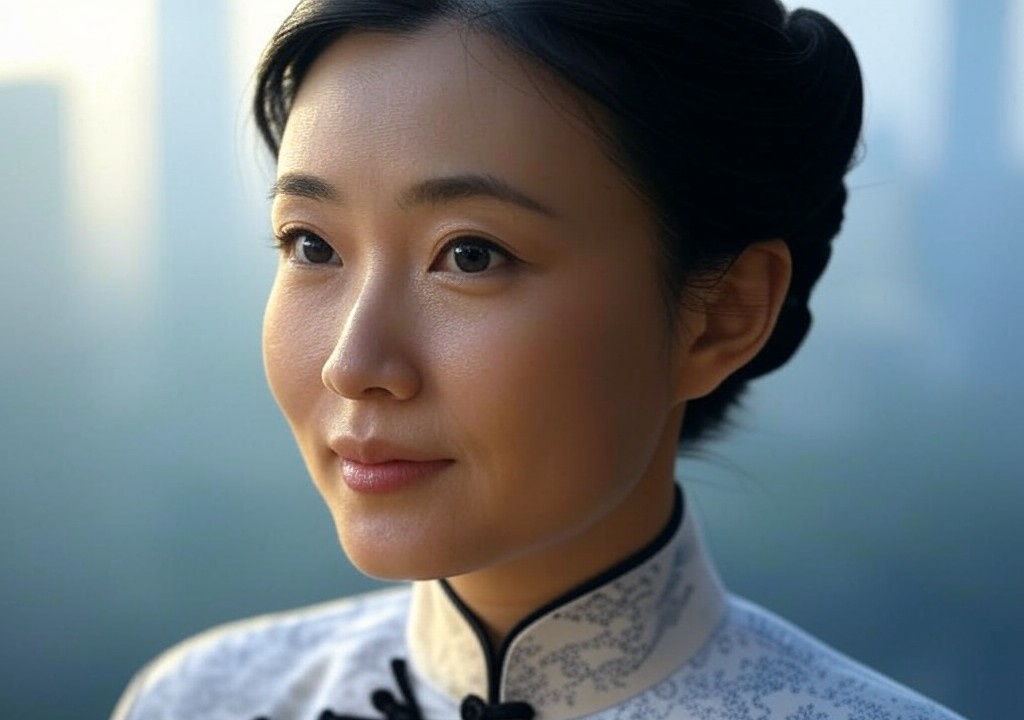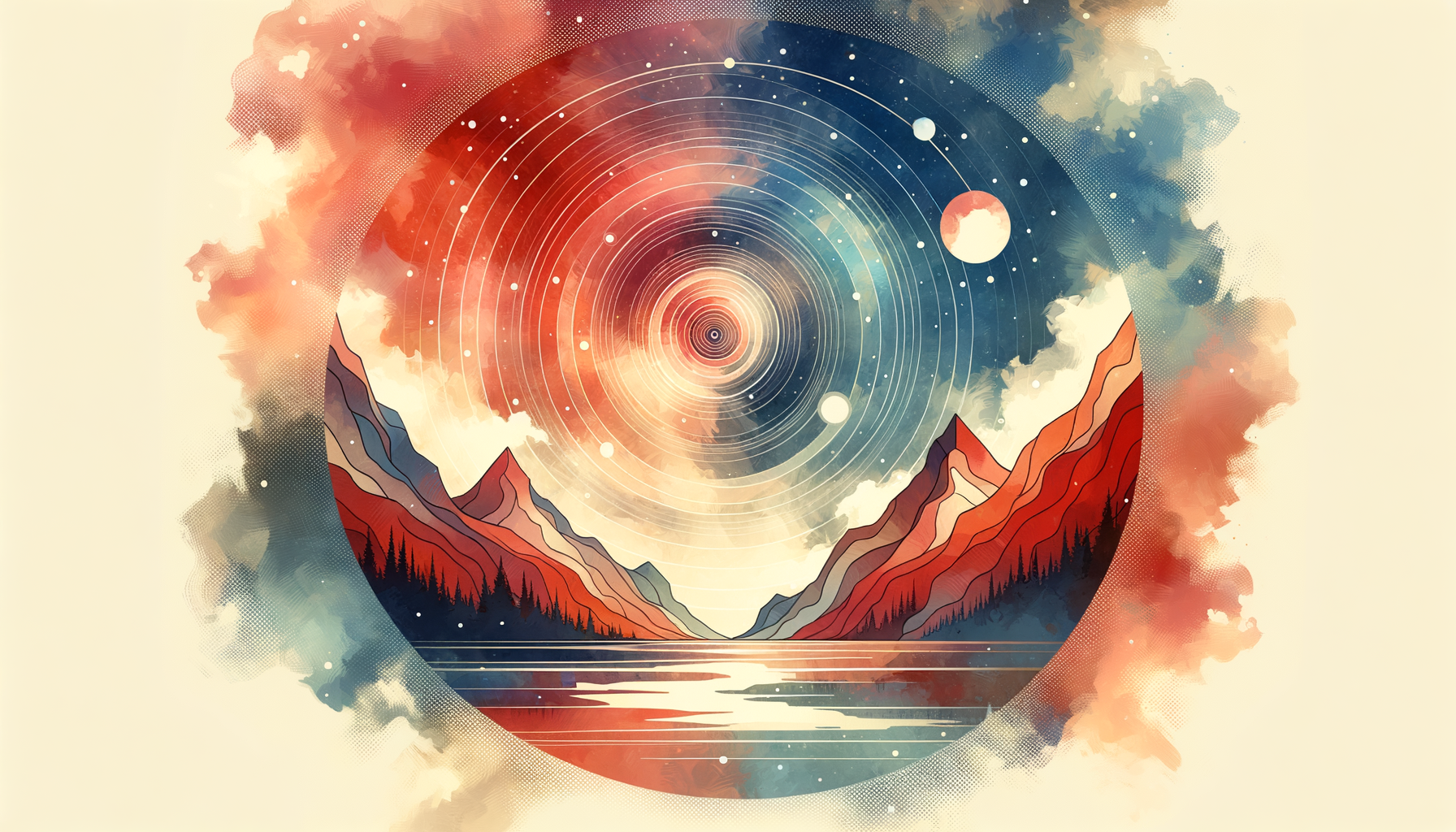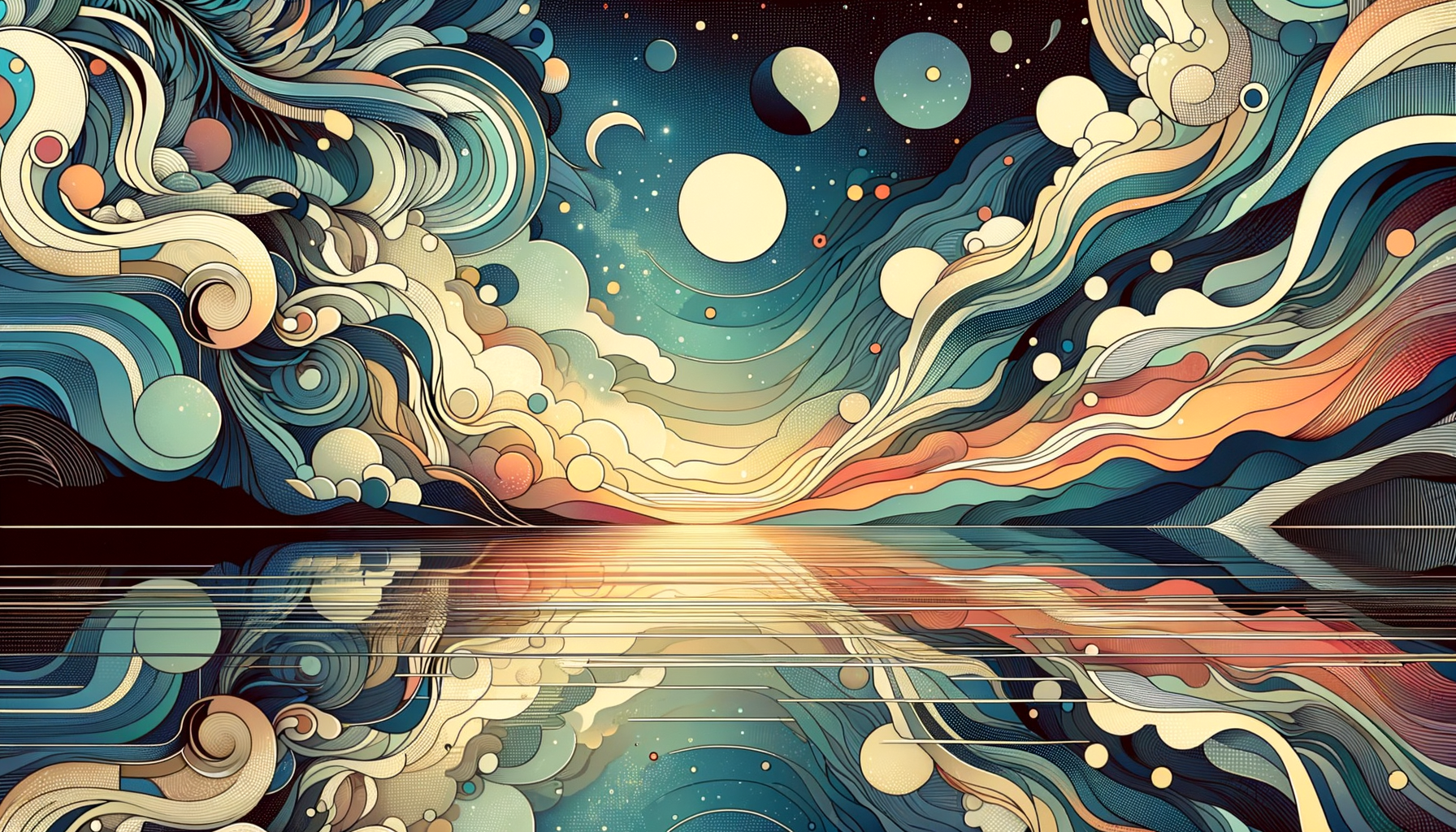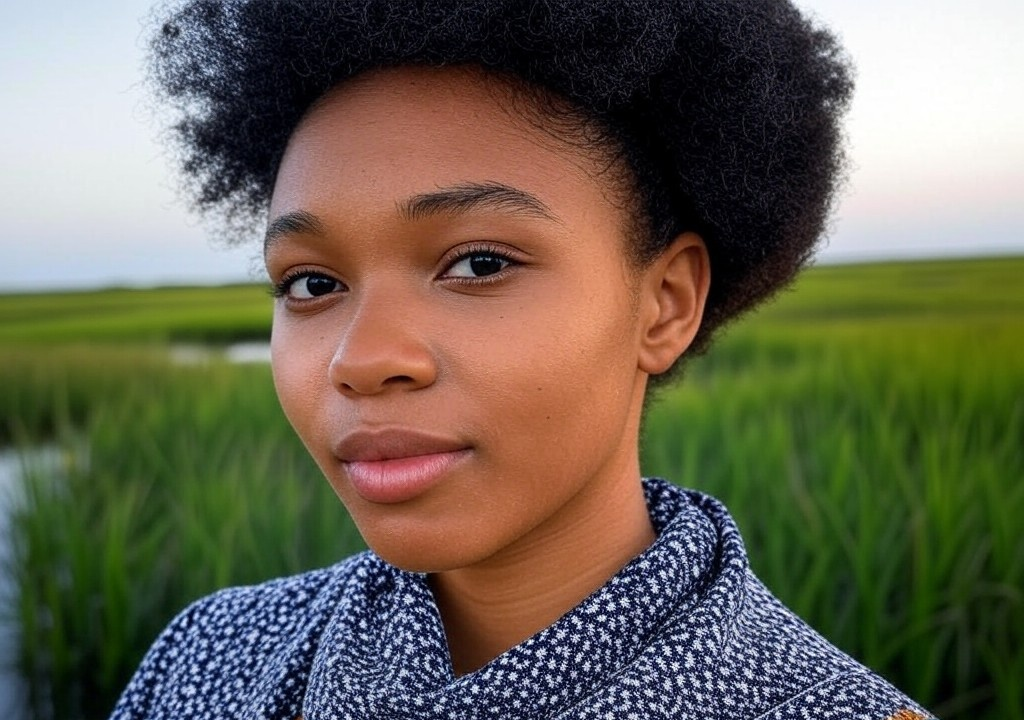The first time I truly felt seen, it wasn’t in a lavish setting or some grand cinematic moment—it was at a table for two, tucked into the corner of a tiny, unassuming bistro. I was halfway through explaining why I thought pairings like Sauternes and Roquefort were deeply underrated (they are, by the way) when my date set their fork down, looked me in the eye, and said, “You get excited about flavors like other people get excited about season finales.” It wasn’t said with mockery or indifference; there was pure delight in their voice. They saw me. They got me. And in that moment, everything about me felt right.
From Invisible to Invincible
Before we get to that magical bistro evening, let me rewind a bit. I haven’t always felt so comfortable being the person who can wax poetic about terroir during a casual dinner or drop words like “unctuous” into conversation without cringing at myself. As the daughter of two Napa sommeliers, my upbringing was a whirlwind of decanting lessons, weekend vineyard treks, and the frankly bizarre childhood knowledge of being able to tell the difference between Cabernet Franc and Merlot blindfolded. It sounds dreamy, sure, but try explaining to high schoolers why your backpack smells like oak barrels or why your weekend job involves polishing wine glasses rather than flipping burgers.
For years, I tried to hide that part of myself behind a carefully curated facade. I wanted to be fun and easygoing, the kind of person who could sluggishly nod along to conversations about “last night’s game” or pass off an oversimplified, “This tastes good!” after a sip of mediocre wine. But it all felt… off. I wasn’t being myself, and worse, no one seemed interested in understanding the parts of me that didn’t fit neatly into the mainstream.
The Moment That Sparked Everything
That’s why the bistro conversation hit so differently. It wasn’t even that they understood my obsession with the interplay of goat cheese and white Burgundy; it was that they wanted to. They didn’t just tolerate my quirks—they took joy in them. My enthusiasm, whether easily categorized or not, was seen as a trait worth celebrating.
As I recounted this to a friend later, their takeaway almost overshadowed my entire epiphany. “You’re like an elaborate bottle of wine,” they said, swirling an imaginary glass for effect. “Not everyone gets you right away, but when they do? Oh, it’s worth it.” That was the first time I truly accepted that being “a lot” didn’t mean I had to make myself less. It simply meant finding someone thirsty enough to pour a glass.
Seeing Yourself First
Here’s the trick to truly feeling seen: it doesn’t begin with someone else recognizing your essence in the middle of a conversation about blue-veined cheese. It starts when you recognize your own magic.
For me, that meant stopping the self-editing for the sake of being “relatable” and leaning into my authentic self. I stopped turning down the volume on my passions, no matter how niche they seemed. (I mean, if people can gush about obscure Star Wars trivia or spend hours analyzing plot holes in superhero movies, surely I’m entitled to my thoughts on the underappreciation of sherry in modern cuisine.) It’s not always easy, but embracing what makes you you is essentially like flashing a Bat-Signal to the people who will truly understand you.
Here are a few things I learned along the way that might help if you’re still playing defense with the parts of yourself you think are “too much” (spoiler: they’re not).
How to (Finally) Let Yourself Be Seen
-
Stop Labeling Your Interests as “Weird.” Think of your quirks not as “weird” but as specifics that make you memorable. Some people collect comic books. Others get giddy about Victorian wallpaper patterns. And for me? The perfect glassware for dessert wines. Funny enough, those “specifics” are often what spark the most meaningful connections.
-
Resist the Urge to Downplay. Imagine Logan Roy apologizing for being ruthless in Succession. Right?! Me neither. Own your enthusiasm unapologetically. If someone’s eyes glaze over while you’re explaining why you prefer Parmigiano aged for 36 months instead of 24, that’s not on you.
-
Find Your Tribe. Whether you’re into culinary nerdery, birdwatching, or niche documentaries about Scandinavian architecture, there are people out there who share your passions—or at least people who love how much you love them. Seek them out at mixers, clubs, or even just in the way you present yourself.
-
Bask in the Awkward. Being wholly yourself might mean walking away from the occasional less-than-perfect connection. I’ve had moments where mentioning truffle oil in a casual conversation has elicited blank stares that could rival a Picasso painting. Shake it off—awkwardness isn’t fatal.
Why Feeling Seen Changes Everything
When you start showing up as the fullest version of yourself, two magical things happen. First, you save a ton of energy. Pretending to be someone else—adjusting interests, biting back opinions, performing personality traits—is downright exhausting. But more importantly, you start inviting the right people into your orbit: friends, partners, even colleagues who value what you bring to the table and want to pull up a chair.
Feeling seen isn’t about everyone “getting” you like a fast-food drive-thru menu (easily recognizable and immediately consumable). It’s about finding the people who are willing to spend a little extra time reading your tasting notes. And trust me, they’re out there.
The Takeaway
If reading this makes you want to immediately hole up in a wine cellar and avoid all human interaction, let me end on an uplifting note. Whenever you doubt whether the “full you” is worthy of recognition, remember this: Being truly seen means finding someone who doesn’t just notice what’s on the surface but takes the time to dig through the layers, sip by sip. It’s a slow burn sometimes, but like aging wine, it’s worth the wait.

